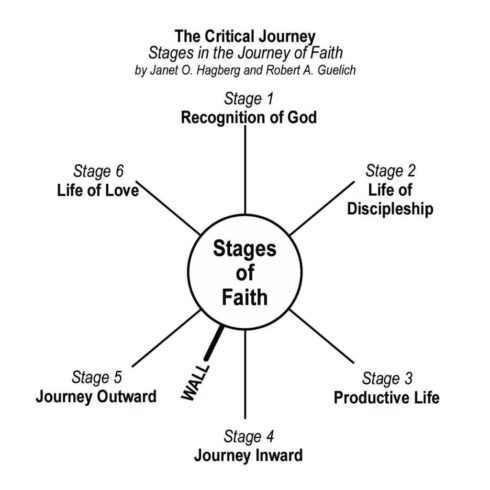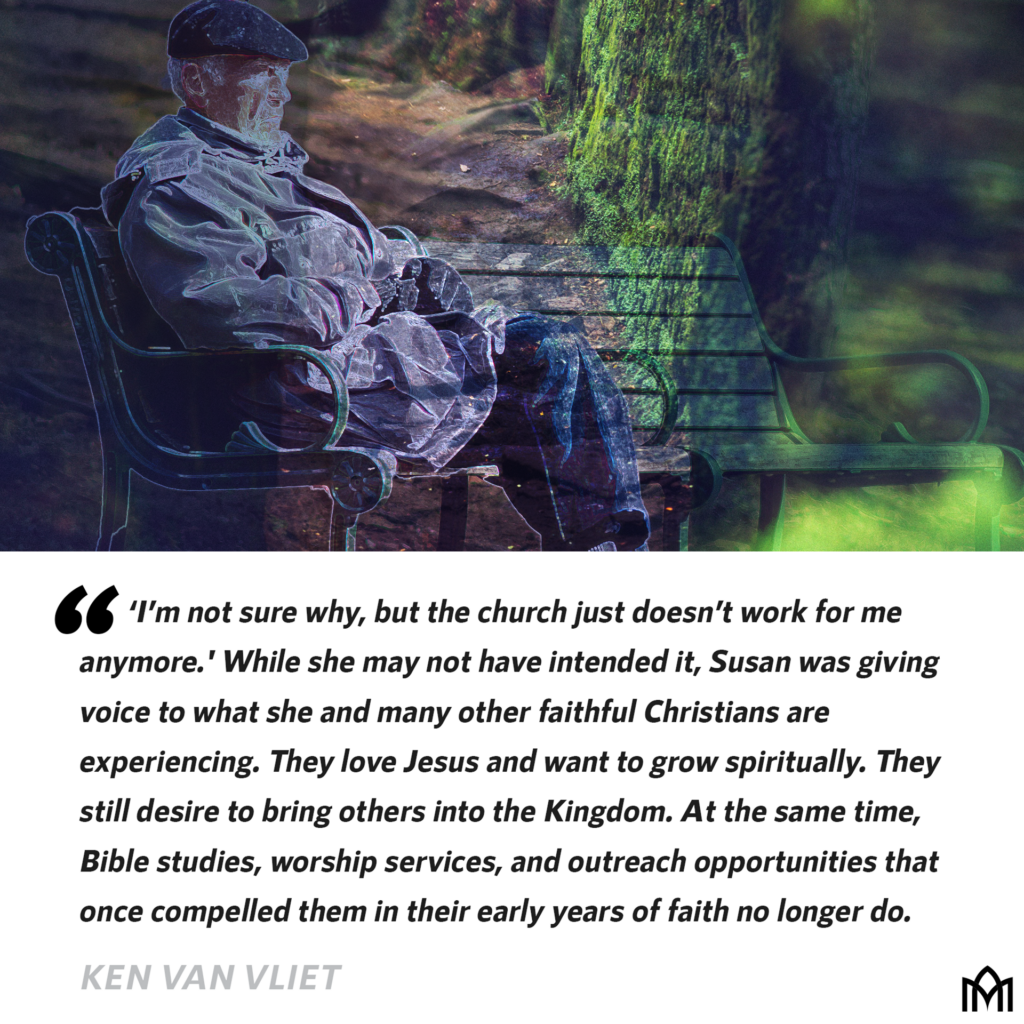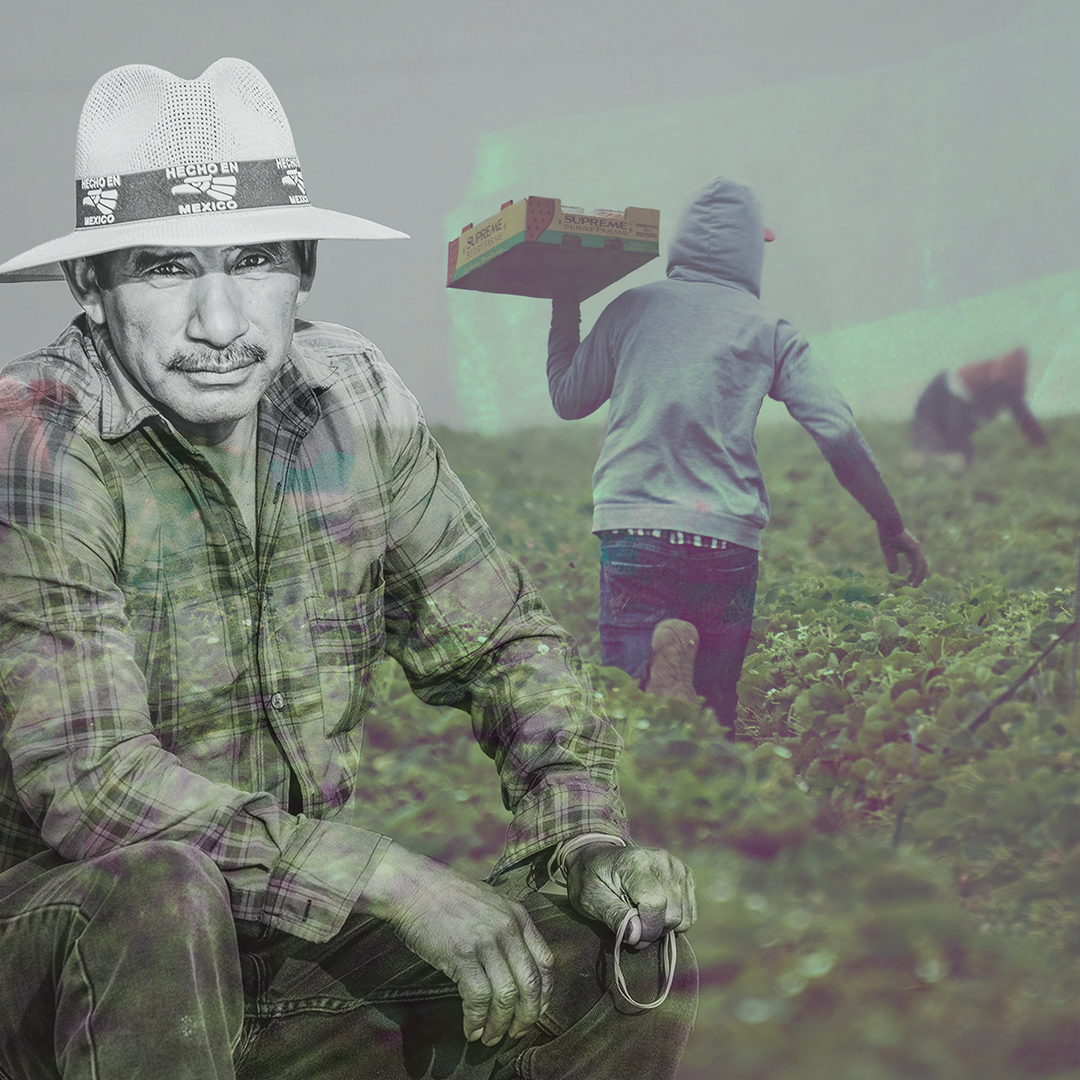Helping them Stay: Mature Believers and the Local Church (Pt. 1)
“I’m not sure why, but the church just doesn’t work for me anymore.” While she may not have realized or intended it, Susan was putting voice to what she and many other faithful Christians are experiencing. They love Jesus. They want to grow. They still desire to bring others into the kingdom. At the same time, the Bible studies, worship services, and outreach service opportunities that once compelled them in their early years of faith no longer do. They long for something ‘more,’ but are unsure of what that ‘more’ is. Some begin to wonder if they are ‘outgrowing’ their faith. Others, for the first time in their lives, consider leaving the church.
To understand what’s going on with Susan and the countless others she represents, it is helpful to consider Janet Hagberg and Robert Guelich’s insights regarding the developmental life of faith, as found in their seminal work, The Critical Journey: Stages in the Life of Faith. Made popular by Peter Scazzero’s Emotionally Healthy Spirituality, Hagberg and Guelich’s research suggests that the journey of faith can be divided into six stages. While every faith journey is unique, and every model has its limitations, the following six stages of faith give us important insight as to why so many are ‘outgrowing’ church.
The Critical Journey: Stages in the Life of Faith
- Stage 1 – A Recognition of God: Through curiosity, openness and awe, a person comes to believe God is real. This stage is about awareness and conversion.
- Stage 2 – The Life of Discipleship: Through Bible studies, teaching, reading, relationships and worship experiences, the new believer grows in their understanding of who God is, and who they are in relationship to both God and the community of faith. This stage is about learning.
- Stage 3 – The Productive Life: Marked by the desire to make a difference, the disciple gets busy serving and putting into practice the teachings they have learned. This stage is about doing.
- Stage 4 – The Journey Inward: Most often brought about by a crisis of faith, this inward turn begins when a person’s experience of God no longer matches what they have learned about God. Often marked by uncertainty, doubt, unsettling questions and a sense of losing their faith, this stage is about deconstruction.
- The Wall: While not a separate stage, The Wall marks the transition from following God for our sake to following God for God’s sake. It is aptly named The Wall because moving through it is difficult, requiring the release of ego, the surrender of the will, and the acceptance of God’s purposes over our own.
- Stage 5 – The Journey Outward: Many experience this stage as ‘being born-again, again.’ There is a renewed sense of awe, and a deep knowing of oneself as God’s beloved. This outward turn is marked by a move from away from self-centeredness towards others-centeredness, as well as a move from being driven by shame, duty, and unhealthy guilt, to being drawn by the love of God. This stage is about a deeper, more authentic integration of faith and life.
- Stage 6 – The Life of Love: Marked by humility, sage wisdom acquired through life’s experiences, and a deep surrender to, and trust in, God, this final stage is about compassion for others, healthy detachment from worldly things, and a life fully abandoned to God.
What makes these stages of faith pertinent to Susan’s situation is that she had clearly entered the ‘second half’ of faith. Well into The Journey Inward (Stage 4) and bumping up against The Wall, Susan was uncertain as to what to do with her new season of faith. Unfortunately, so was her church – and so were all the other churches she tried. Tired of feeling like an outlier and unable to pretend she wasn’t, Susan made the decision to step away from church altogether.
As the Senior Pastor of Monte Vista Chapel for nearly 25 years, I both understand Susan’s story, and I grieve it. How much stronger would the church be if it could hold on to the Susans of the world? Conversely, how much stronger would the Susans of this world be if they could hold on to the church? Unfortunately, we will never know the answers to these questions until the church learns to care for people along their entire spiritual journey.
What follows are some thoughts about how church leaders might accomplish this difficult and perplexing task, given formational insights into the development of faith from The Critical Journey.
Stages 1-3: Evangelism, Discipleship, Service
The reason for lumping these stages together is that, historically, the church has done well in helping people through the ‘first half’ of their faith journey. Sermons, Bible studies, evangelism opportunities, and service projects are vital activities for the development of faith during the first three stages, and are standard fare for much of the Evangelical church writ large. This is evidenced by the staggering amount of resources available to leaders looking to shepherd their people through the early stages of faith. It is also worth noting that these stages are ‘institutionally efficient,’ meaning that they are easily scalable. Through structured programs, large numbers of people can be taught and discipled with relative ease. With so few workers, and so large a task before them, it makes sense that stretched-thin church leaders put their energies into developing the first three stages of faith within their churches.
This isn’t to say these stages are not worthy of such energy. Churches who don’t evangelize, disciple their people well, and help them serve God and others will eventually die. In terms of growing a healthy church, there is no way around the Great Commission (Matthew 28:16-20).
At the same time, there is no way around the Great Commandments (Matthew 22:34-40) either! While loving God and others is certainly part of the first half of the faith journey, coming to love and trust God no matter the circumstances usually happens as we journey through the final three stages of faith.
Historically, the church has done well in helping people through the 'first half' of their faith journey. Sermons, Bible studies, evangelism opportunities, and service projects are vital activities for faith development. (1/3) Share on X
It is also worth noting that Stages 1-3 are ‘institutionally efficient,’ meaning that they are easily scalable. Through structured programs, large numbers of people can be taught and discipled with relative ease. (2/3) Share on X
With so few workers, and so large a task before them, it makes sense that stretched-thin church leaders put their energies into developing the first three stages of faith within their churches. (3/3) Share on X
Stage 4 and The Wall: Room for Questions
Much of what served believers well in the first half of their faith journey no longer does. The certainty created through years of Bible study, sermons, and worship service attendance is challenged by experiences of God that do not align with what they have been taught. After passing through the first three stages, engaging the inward turn feels counterintuitive. It is not ‘up and to the right.’ It is a ‘lose your life in order to save it’ process (Mark 8:34-38). This season, which feels like a loss of faith, is neither efficient nor scalable. It is also as unique as the individual who is journeying through it! At the same time, there are things the church can do to support people who find themselves in Stage 4 or at The Wall. Here are three areas of support the church can offer these Christ-followers:
- Firstly, these Christ-followers need mature, compassionate church leaders who have gone before them on this journey. Not everyone in the church leadership structure needs to be in Stage 5 or 6, as each stage of faith offers something beautiful to the church. At the same time, if there are no ‘Post-Wall‘ leaders, when members begin The Inward Turn during Stage 4, the tendency of leadership will be to redirect them to engage a previous stage. Most of the times, they are simply pointed back to Stage 2 (Remember, these stages are easily reproducible). The reason for this re-direction is that a ‘Pre-Wall’ leader tends to see the doubt and confusion that comes through The Inward Turn to be the result of poor or inadequate teaching. “The reason you are struggling,” the ‘Pre-Wall’ leader believes, “is because you do not know enough, or because what you know is wrong.” This Christ-follower is then encouraged to join yet another Bible study, or to learn a different theological framework, only to find that their newly acquired understanding eventually brings them right back to the same place: doubt and confusion.
This cycle eventually leads to a deep discouragement and frustration in the growing believer. Rather than seeing their struggle as the natural progression of formation, these believers internalize the damaging message that they ‘just don’t get it,’ frequently causing them to go quiet or to leave the church all together. While there are certainly people who have made it through this season on their own, having leaders who have been there and who can normalize the doubt and confusion is profoundly stabilizing. It is amazing how much an understanding, non-condemning, listening ear creates sacred space for the Holy Spirit to meet a person in this unsettling season of faith.
- Secondly, these Christ-followers need a different type of faith community. Another difficulty of The Inward Turn and The Wall is the isolation often experienced during this season. Many people believe they are the ‘only ones’ struggling with their faith in this way. As such, there is something powerful about a small cohort of people finding their way through it together. Knowing they aren’t the only ones struggling and asking disturbing questions is not only comforting, but deeply encouraging. At Monte Vista Chapel, we have developed a year-long, cohort-based process called The Journey that has given hundreds of people both permission and guidance to navigate their doubts and uncertainties together in community while they learn to engage faith in a new and deeper way. My hunch is that many churches have a serious logjam of members who, like Susan, are bumping up against the second half of their faith journey. If church leadership can normalize this transition, give their people a steady guide and an understanding community to wrestle within, they would open the way for new and unprecedented spiritual growth.
- Thirdly, consider how you develop people in their ‘Pre-Wall’ faith. As noted earlier, ‘Pre-Wall’ faith is vitally important. Believers need a strong foundation concerning the character and nature of God as well as the kind of life God has created humanity to live. The problem comes when ‘Pre-Wall’ discipleship focuses too much on certainty. A more helpful and transformative focus may be curiosity. Rather than dictate one ‘correct’ interpretation of a biblical text or theological perspective, help growing believers embrace the rich and diverse perspectives concerning various interpretations and theological streams of faith. When certainty is the focus, beliefs are set in concrete and the deconstructive questions that arise during The Journey Inward and at The Wall are far more disruptive than they need be. Curiosity and questioning should be encouraged in ‘Pre-Wall’ development.
///
Rather than seeing their struggle as the natural progression of formation, Stage 4 believers internalize the damaging message that they ‘just don’t get it,’ often causing them to go quiet or to leave the church all together. (1/2) Share on X
It is amazing how much an understanding, non-condemning, listening ear creates sacred space for the Holy Spirit to meet a person in this unsettling season of faith known as Stage 4 and The Wall. (2/2) Share on X
*Editorial Note: Given Ken Van Vliet’s wise, in-depth treatment of how to form Christ-followers well throughout all six stages of The Critical Journey, and the desire to invite you to sit with God with all that you have read so far, we are publishing the conclusion of Ken’s piece tomorrow as “Helping them Stay: Mature Believers and the Local Church (Pt. 2).” ~CK





